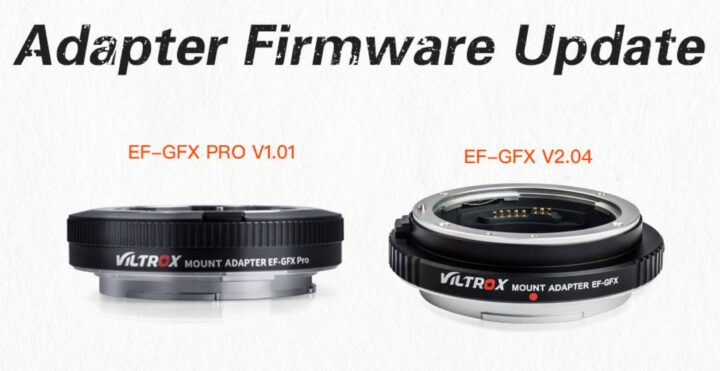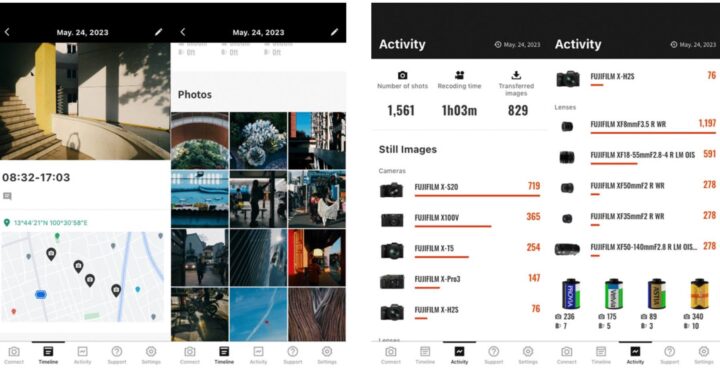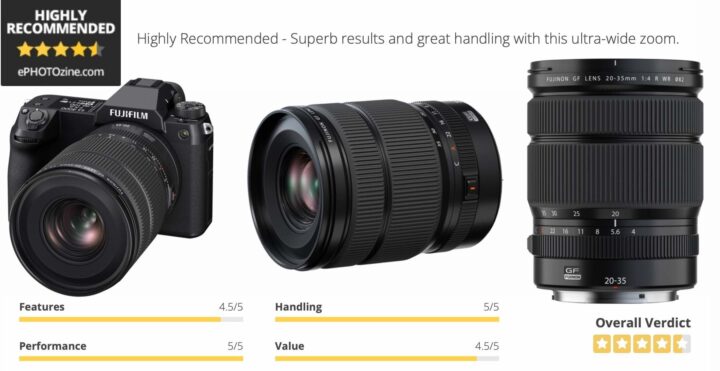Tamron Summer Savings Join the Huge Fujifilm X/GFX Deals
Tamron Savings
Tamron has launched their Summer Savings. You save up to $200 on their Fujifilm X mount lenses. While two of the deals were already running in the weeks before, now also the Tamron 18-300mm has been added to the bunch. Not included in the promotion is the Tamron 11-20mm f/2.8.
- Tamron 18-300mm f/3.5-6.3 – save $100
BHphoto / Amazon / Adorama - Tamron 17-70mm f/2.8 – save $100
BHphoto / Amazon / Adorama - Tamron 150-500mm f/5-6.7 – save $200
BHphoto / AmazonUS / Adorama - Tamron 11-20mm f/2.8
BHphoto / Amazon / Adorama
Sirui Nightwalker
Sirui has just launched the Sirui Nighwalker T/1.2 cine lenses at Indiegogo for the price of just $309 (for backers of the campaign).
Tokina & Sigma
- Tokina atx-m 23mm F1.4 X – save $170
BHphoto / AmazonUS / Adorama - Tokina atx-m 33mm F1.4 X – save $129
BHphoto / AmazonUS / Adorama - Sigma 16mm f/1.4 DC DN save – save $50
BHphoto / Amazon / Adorama / Focuscamera - Sigma 30mm f/1.4 DC DN – save $50
BHphoto / Amazon / Adorama/ Focuscamera - Sigma 56mm f/1.4 DC DN – save $50
BHphoto / Amazon / Adorama/ Focuscamera
Fujifilm USA Deals
GFX DEALS
- Fujifilm GFX 100 – save $3,500
BHPhoto / AmazonUS / Adorama - Fujifilm GFX100S – save $500
BHphoto / AmazonUS / Adorama / Moment - Fujifilm GFX100 – save $3,500
BHPhoto / AmazonUS / Adorama - GF 50mm F3.5 – save $250
BHphoto / AmazonUS / Adorama - GF 80mmF1.7 – save $450
BHphoto / AmazonUS / Adorama / Moment - GF 110mm F2 – save $550
BHphoto / AmazonUS / Adorama - GF 32-64mmF4 – save $450
BHphoto / Adorama / AmazonUS - GF 35-70mmF4.5-5.6 – save $500
BHphoto / AmazonUS / Adorama / Moment - GF 45-100mmF4 – save $450
BHphoto / AmazonUS / Adorama - GF 100-200mm f/5.6 – save $400
BHphoto / AmazonUS / Adorama - GFX 50S II body – $800 off
BHphoto / AmazonUS / Adorama / Moment - GFX 50S II w/ GF35-70 – $800 off
BHphoto / AmazonUS / Adorama / Moment
X Series Deals
- XF 56mmF1.2 R – $500 off:
BHphoto / AmazonUS / Adorama - 2.0x TeleConverter – $100 off:
BHphoto / AmazonUS / Adorama - 1.4x TeleConverter – $100 off:
BHphoto / AmazonUS / Adorama,







